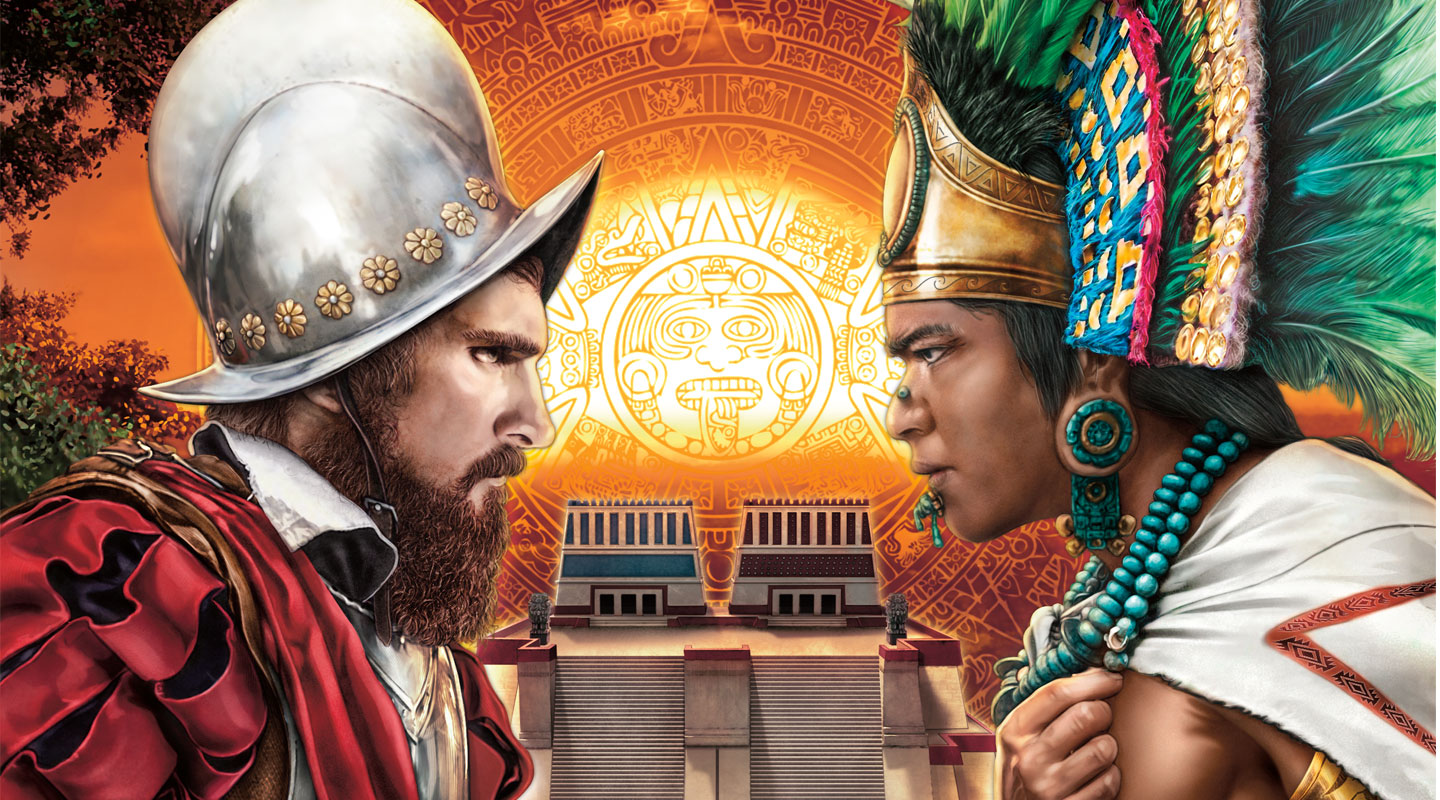Just after midnight on July 1, 1520, a woman was gathering water at the edge of the Aztec capital of Tenochtitlan (tay-nawch-TEE-tlan). Out of the corner of her eye, she saw a suspicious movement. She knew immediately what it was. The Spanish invaders who had brought violence and destruction upon her city were trying to sneak out with their lives.
“Come quickly! Our enemies are running away in the night!,” the woman shouted.
Only months before, the Aztec emperor, Montezuma, had welcomed the Spanish strangers into the city as guests. But his people soon came to despise them.
The Spanish men, known to history as conquistadores, had demanded piles of gold from their Aztec hosts. They eventually turned violent, slaughtering worshippers at a religious festival. Enraged, the people of Tenochtitlan had risen up against the invaders—setting off a series of deadly battles.
It was just after midnight on July 1, 1520. A woman was gathering water at the edge of the Aztec capital of Tenochtitlan (tay-nawch-TEE-tlan). She saw a suspicious movement out of the corner of her eye. She knew right away that it was the Spanish invaders. They had brought violence and destruction upon her city. Now they were trying to sneak out with their lives.
“Come quickly! Our enemies are running away in the night!,” the woman shouted.
Montezuma was the Aztec emperor. Only months before, he had welcomed the Spanish strangers into the city as guests. But his people soon came to hate them.
The Spanish men, known to history as conquistadores, had demanded piles of gold from their Aztec hosts. In time, they turned violent. They killed many worshippers at a religious festival. Enraged, the people of Tenochtitlan had risen up against the invaders. That set off a series of deadly battles.

